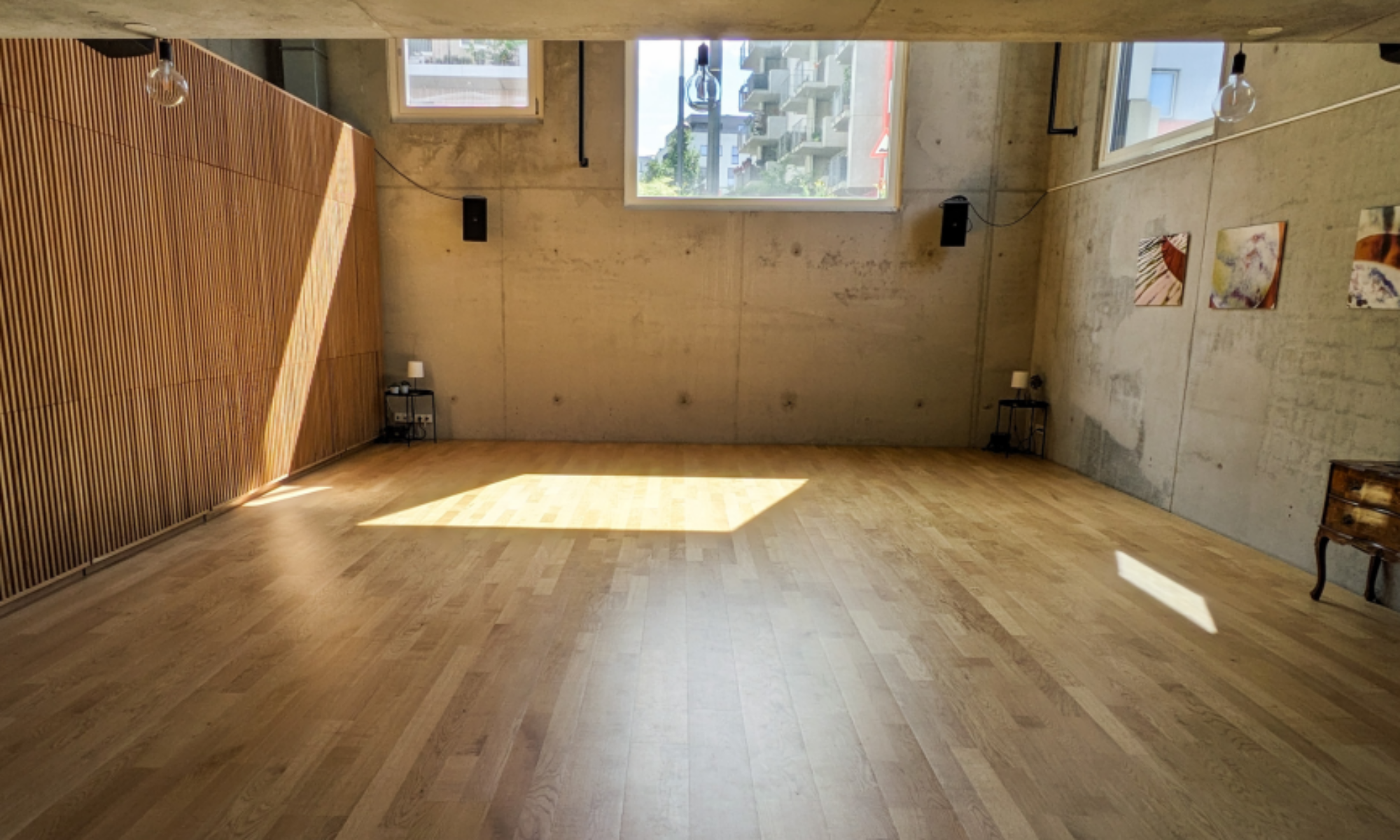How is it going with your musicality in tango? Have you developed the feeling for when the phrase starts, the syncopation is happening, the piece ends?
The aim of this music seminar series is to enable any interested tango dancer to easily identify the musical phrase and perceive the colours of the music more rich in its full spectrum. The approach is to understand how tango music is composed and what we might expect and when.
If you have “the feeling” for the phrase everything will be much easier because you will identify the moments when changes in the music most likely are about to happen. The beginning of the new part, the syncopation, the embellishments, the contracanto… If you don’t understand the phrase it seems anything can happen anytime – which sounds pretty stressful. But I can assure you, this is not the case. Like in life many things can been foreseen if you are able to read and understand the right signs. What appeared to be coincidence turns out to be the consequence of a series of preceding events.
A selection of currently available series:
– Mastering Syncopation in Tango
– Beyond Rhythm I-II
– A Compilation of Famous Tangos vol. 1 (Cumparsita, Fascination Tanturi, Di Sarli 1941, Twin Tangos)
– Elements of Tango I-IV | Musical Understanding for Dancers
– Grundpfeiler der Musikstruktur im Tango I-IV
All the sessions are available (rent or buy) on Vimeo on Demand and through the Eversports Video Library. In addition to the recorded class, you’ll also receive supporting material as scores and handouts.
If you have any questions, write me!
Have a look at the free videos on my Youtube Channel:
Check out the latest video publication:
Patotero sentimental, recorded in 1941 by the orchestra of Carlos di Sarli, is a beautiful example of how the articulation makes a huge impact on the atmosphere. The same melody is presented first ‘legato’ and then as ‘rhythmic melody’. The animated score enables you to follow these changes tracing the musical text.
Furthermore this piece is a demonstration of eleborate contracanto of Di Sarli’s violin section shortly after Rufino enters. The same contracanto is repeated when Rufino has finished as the sublime ‘finale’.
Last but not least Patotero sentimental is an excellent example of piano bridges between the phrases – for us dancers something that offers a lot of possibilities to play with. They are marked in purple.and were played, of course, by the master himself: Carlos Di Sarli. Now in the mood to listen to more Di Sarli?
Check out the Di Sarli Music Talks.
